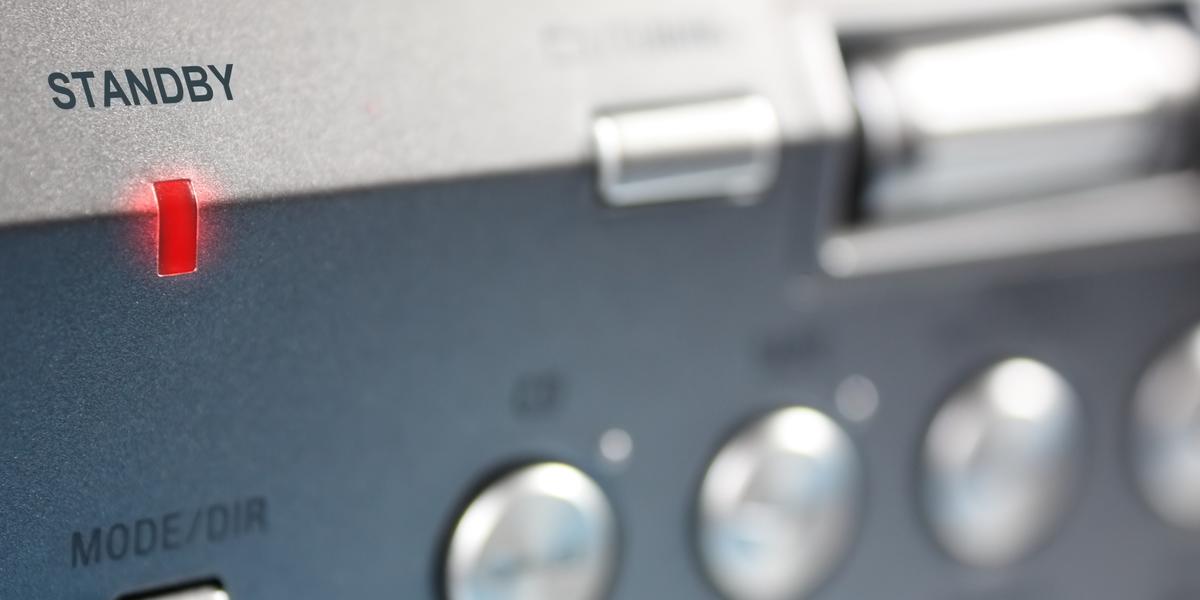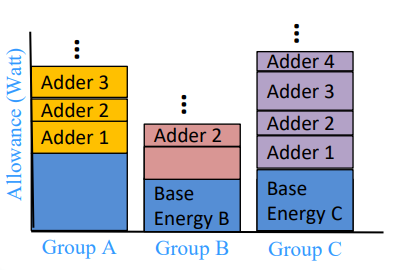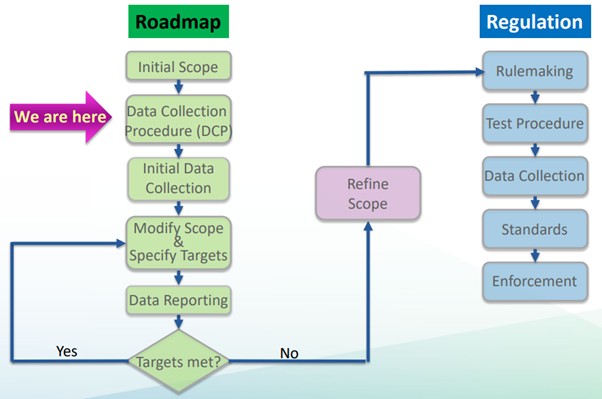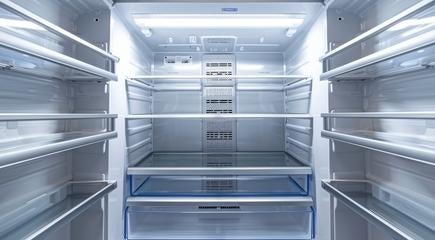CEC Low-Power Mode Roadmap

Since the California Energy Commission (CEC) held a workshop in August of 2021 on Low-Power Mode (LPM) data collection, it has received many stakeholder comments on California’s non-regulatory approach to save standby energy. As energy consumption continues to grow with the proliferation of miscellaneous electric loads (MELs), the state is looking to rein in energy usage, especially while devices are not performing their primary functions. According to a paper* by the Natural Resources Defense Council (NRDC), idle load electricity represents ~23% of household electricity consumption. Trends toward building electrification and digitalization, moreover, are increasing the number of plug load devices installed. According to the NRDC study, there are 65 devices per American home on average.
In this context, California is considering a clustered horizontal approach, where products with similar baseline idle power consumption are grouped together and are eligible for allowances related to specific secondary functions such as displays, sensors, and network connectivity. Varying by cluster, power consumption limits would be a combination of baseline and power adders.

In the initial scope of the Low Power Mode Roadmap plan, certain products are excluded. California-regulated and federally regulated appliances that already have LPM efficiency requirements are excluded. Examples of the former include computers, monitors, TVs, LED lamps, and DVD players. Examples of the latter include microwave ovens, residential furnaces and boilers, and external power supplies. Likewise, appliances in other CEC roadmaps, such as set-top boxes and solar inverters, are also excluded. Products powered solely by disposable batteries are excluded as well. Looking forward, additional product types may also be excluded due to very low energy savings potential based on collected data.

Presently, we are at the Data Collection Procedure (DCP) phase of the roadmap, and the CEC has already requested data to evaluate against performance targets. The DCP objective is to have a common test procedure for products in order to measure power in the “Inactive State” with repeatable and reliable test setups, representing actual energy use. A proposed solution for power measurements entails averaging power over an interval that captures the range of power draw behavior in the inactive state. This method is in contrast to IEC 62301, which tests for specific operating modes with stability criteria.
The California Low-Power Mode Roadmap has the potential to evolve into a future regulation, if energy efficiency targets are not met. The clustered horizontal approach may be a precursor to a regulation akin to (EC) No 1275/2008, Europe’s standby regulation which entered into force in 2009. For more details and stakeholder comments on California’s Low-Power Mode Roadmap, please refer to Docket #17-AAER-12.
* NRDC May 2015 Issue Paper: 15-03-A – Home Idle Load: Devices Wasting Huge Amounts of Electricity When Not in Active Use





